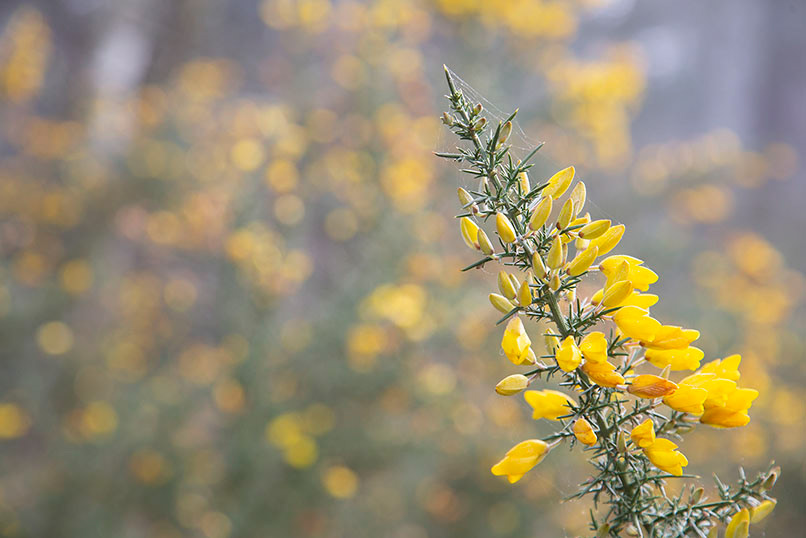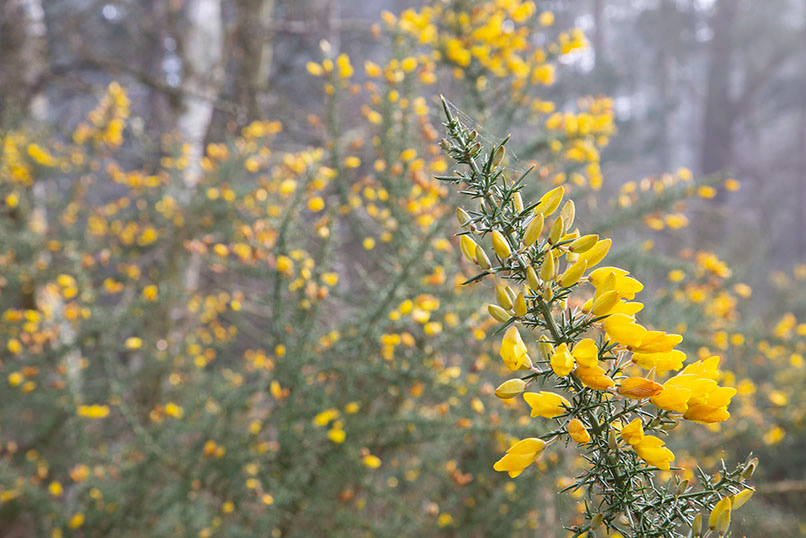Today I’m going to be talking about ‘Depth of Field’. On my courses and workshops one of the most common thing I get asked is ‘what is Depth of Field’ and ‘how do I change it and use it creatively’.
Simply put, Depth of Field (DOF) is the amount of the photo, front to back, which is in focus. That’s it!
One of the greatest tools in photography is to learn how to control the Depth of Field. There are several factors that change the DOF, aperture, lens choice and distance from your camera to the subject.
We’ll start with apertures.
The smaller the ‘F’ number (the bigger/wider the aperture) = less DOF = less front to back focus in your image.
The bigger the ‘F’ number (the smaller the aperture) = more DOF = more front to back focus.
Example: an aperture of F5 will give much less front to back in focus/shallower DOF than F14.

Aperture: F5

Aperture: F14
If you take a photo with your camera in ‘Program mode or Auto’ you have no control over which aperture the camera will set, so subsequently no control over the DOF. If you are learning it is a good starting point to set your camera to ‘A’ or ‘Av’ (aperture priority mode). This mode is semi-automatic so will enable you to set an aperture, whilst the camera will take care of the shutter speed, so you can start to take control over your camera.
Next is all about the lens choice. The more telephoto your lens, the less DOF you get. The wider angle lens, the more DOF you get.
Example: If you want to take a portrait of somebody in your back garden, if you take the photo first on a wide angle lens (say 24mm) at an aperture of say F8 you will get the person in focus, but you will also get lots of the background in focus as well which can be distracting. If you take a few steps back and take the same photo using a telephoto lens (say 200mm) at the same aperture of F8 you will get your subject in focus, but all the distracting background will be nicely blurred.
The final thing to take into consideration is the distance from your camera to your subject. The closer you get = the less DOF you get. When you get really close to your subject, for example a flower, you DOF gets really shallow (so your point of focus becomes critical). If you shoot using a macro lens or extension tubes, or your normal lens at its closest focus, with a wide aperture (small F number) your DOF could be a matter of a centimetre, so you will only get a centimetres front to back focus, with everything in front or behind the point you focused on being blurred.
A good exercise to see DOF working is to take a photo of your computer keyboard from an angle so you’re looking across the keyboard from one end (not straight down at it). Focus on one key, say ‘D’ for example, set your aperture to the smallest ‘F’ number you have (F2.8, F3.5, F4 for example) and take a photo. Now take exactly the same photo with your ‘F’ number set to the biggest number you have (F16, F22, F32 for example). You will instantly see the difference of how many keys are in focus. It's advisable to set your camera up on a tripod so you can keep it still while changing aperture to see the effect.
Thank you so much for reading, and hope it has helped. Any questions please get in touch.
